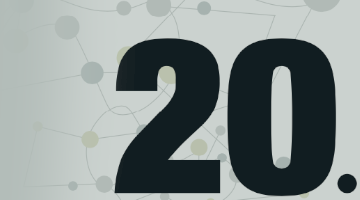Speaker
Description
It is widely known that nucleosynthesis takes place into stars. Element lighter than
Iron and heavier than Lithium (partially produced in primordial nucleosynthesis) are
in fact produced during stellar evolution by means of the interaction between
charged and neutral particles. About charged particles its interactions is strongly
hampered by the presence of the Coulomb barrier – usually around some MeV – that
is much higher than the typical energies of thermal agitation of particles inside a star
(between tenth and thousands of keV). This fact generates the strong, exponential
fall of the cross-section that can be observed in many experiments that have been
conducted through the years. This often makes really hard – when not virtually
impossible – the study of this reactions in our laboratories around the world.
Regarding the reactions involving neutrons in the entrance channel, experiments are
complicated by the many difficulties involved in produce a suitable neutron beam. To
overcome these problems many indirect methods have been developed through the
last decades, and in particular the Asymptotic Normalization Coefficient (ANC)
method and the Trojan Horse Method (THM) have proven to be quite useful to study
reactions involving charged particles and neutrons in the entrance channel.




